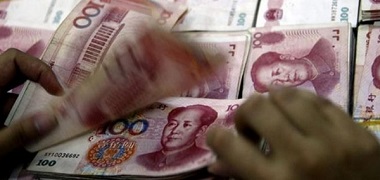by Dan Steinbock, Difference Group
According to the third-quarter data, China’s economy grew 6.7 percent for a third consecutive quarter. Critics claim otherwise. Yet, the real disagreement involves business cycles and secular trends.

China’s sequential growth is now at 7.2 percent; fastest in three years. Manufacturing and service sectors may have bottomed around 2015/16 and have risen since, while consumer price inflation rose to 1.9 percent last month. After seasonal adjustments, exports and imports reflect stabilization as well.
Beijing’s effort to rebalance the economy toward consumption and innovation has begun. In the first three quarters of the year, consumption accounted for 70 percent of GDP growth, almost twice as much as 37 percent attributed to investment.
Yet, skeptics argue that surging debt and property markets undermine stabilization.
Overstated skepticism
In August, Harvard economist Kenneth Rogoff sent grave warning about China’s economy and its effects toward the world. As a former IMF chief economist and the co-author of a 2009 bestselling debt analysis, Rogoff and his comments carry weight in markets.
Rogoff builds his case on the debt-to-GDP gap. This ratio was developed after the global crisis to quantify ‘”excessive credit“. Large gaps (China’s exceeds 30 percent) have been found to be an early warning indicator of banking crises or severe distress.
However, the ratio has also been criticized for measurement problems. It can also result in policies that conflict with intended goals; for instance, stringent austerity measures may aggravate challenges. Finally, credit gap has not been seen as an effective indicator for banking crises, especially in emerging economies.
When Rogoff and his co-author published the bestselling debt report This Time It Is Different (2009), their policy views were seized for neoliberal austerity. However, as austerity doctrines were implemented, especially in Europe, they made harsh economic challenges much worse. Second, as austerity critics, including the Nobel-awarded Paul Krugman, showed, the authors’ methods were dictated by their ideological bias. Finally, the two had relied on flawed statistical methods.













Leave A Comment